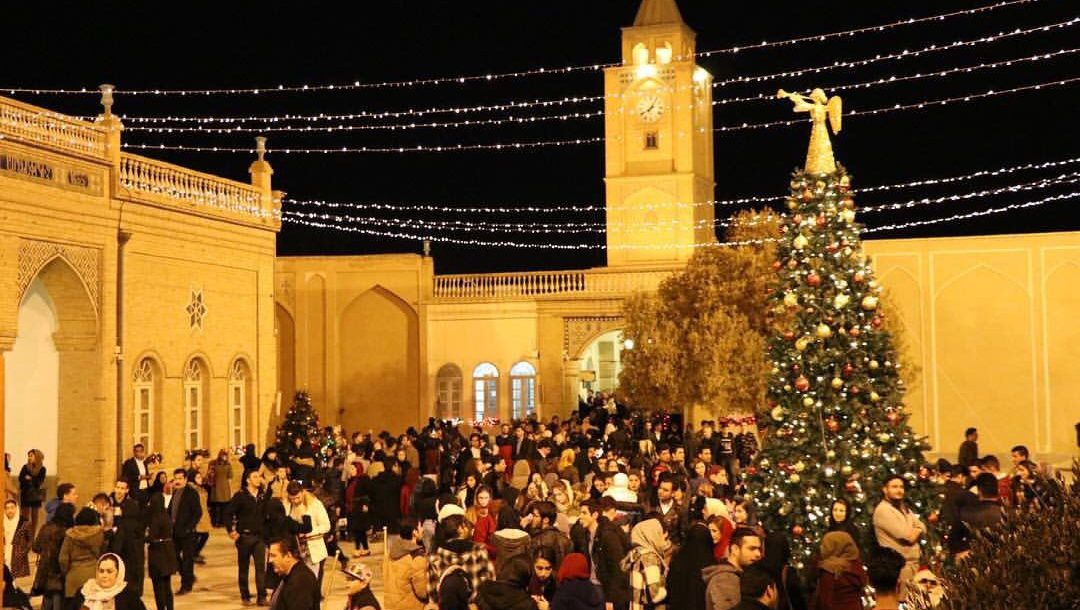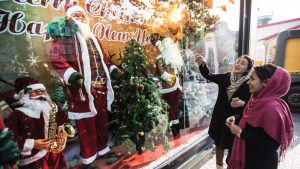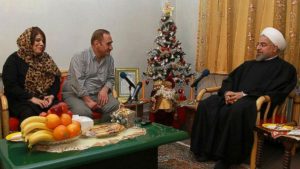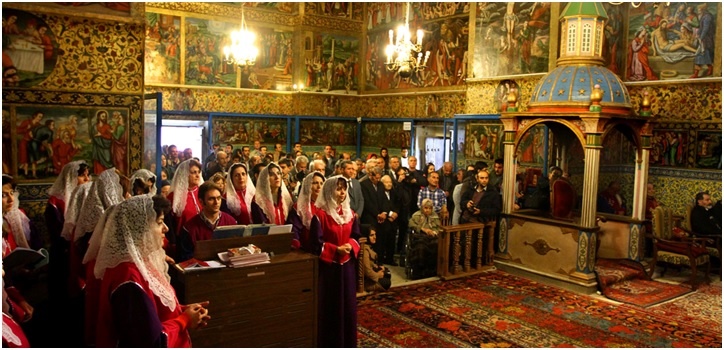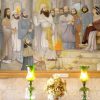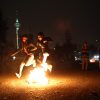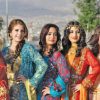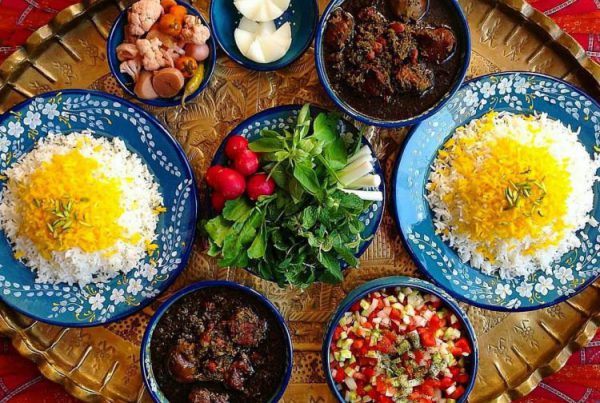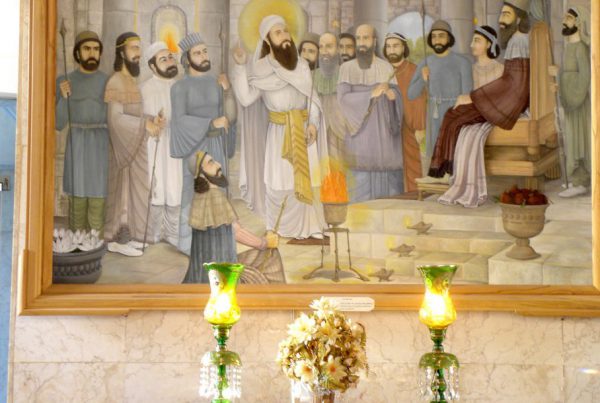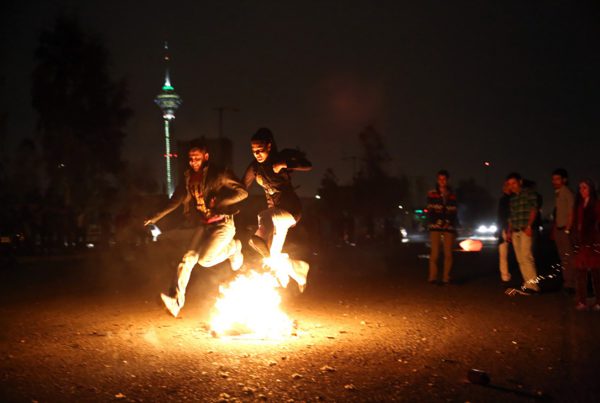Table of Contents
Is Christmas a popular holiday in Iran?
Christians make up less than 1% of a country’s population which is known to have Islam as its state religion. Quite naturally, presence of Christian elements and Christmas decorations – lit up streets, decorated pine trees placed behind the shop windows, small maquetes of nativity scenes with baby Jesus Virgin Mary and Joseph – sound unfitting the frame anywhere in the country. SURPRISE! that is not the case!
Every year around Christmas Eve and New Year’s Eve, the streets of Tehran, Isfahan and north-western cities of Iran (where there are larger communities of Christians) go festive with Christmas decorations and preparations for celebrating these occasions in churches and Christian communities.
How is Christmas Celebrated in Iran?
Armenians constitute the biggest community of Christians living in Iran, following the Armenian Apostolic Orthodox Church. They have maintained and continue to celebrate their religious and cultural occasions in Iran.
The Catholic Christian communities celebrate the Christmas Eve on December 24th, as in other Catholic communities. Only a few churches in Isfahan and Tehran celebrate the Christmas Eve on this date as the Armenian Apostolic Church celebrates it on January 6th.
The Christians’ holidays begin on the last days of the Gregorian Calendar, as community members get ready for the New Year’s Eve. The New Jolfa district of Isfahan and the Armenian neighborhoods of Tehran don the holiday mood. In addition to the festive streets, the Armenian Ararat Clubs in Isfahan and Tehran host several events and holiday fairs. Also, the doors of the Vank Cathedral of New Jolfa are open to the public late into the evening during the week prior to the New Year’s Eve, so that the people can take photos with the lights and Christmas trees installed inside the courtyard.
Most families get together in their houses or Armenian halls to celebrate the New Year’s Eve. In Isfahan, Armenians head to the Vank Cathedral after midnight to attend the church service, celebrate the dawn of the New Year as a community and share happy wishes to each other. In contrast to the Catholics, Armenians exchange gifts on the New Year’s Eve. After celebrations at night, believers attend the church in the first morning of the year.
On the Armenian Christmas Eve on January 6th, Armenians attend the church and then family members get together to celebrate the birth and baptism of Jesus Christ. The morning after, they attend the Church service and congratulate the occasion to one another.
What are some Christmas traditions in Iran?
Beautifully decorated Christmas trees, can be seen behind shop windows or at the entrances of different shopping malls and hotels, especially in the Christian neighborhoods of Tehran and Isfahan. Beside these routine traditions, which are similar to other Christian countries in the world, Christmas traditions in Iran hasve undergone changes among Armenian people. For example, Iranian Armenians eat Kuku Sabzi (food made with eggs and greens) and Fish, which is similar to food eaten at Norouz, the Iranian New Year.
On the midnight of December 31st, when the time ticks the beginning of a new year, bells of the Vank Cathedral in Isfahan chimes and calls people for the religious ceremony. In addition to this, the church holds religious in the morning after the New Year’s Eve and the Christmas Eve which are attended by Christians. After the celebrations, relatives visit each other at their houses to congratulate and wish each other health and prosperity during the new year.


